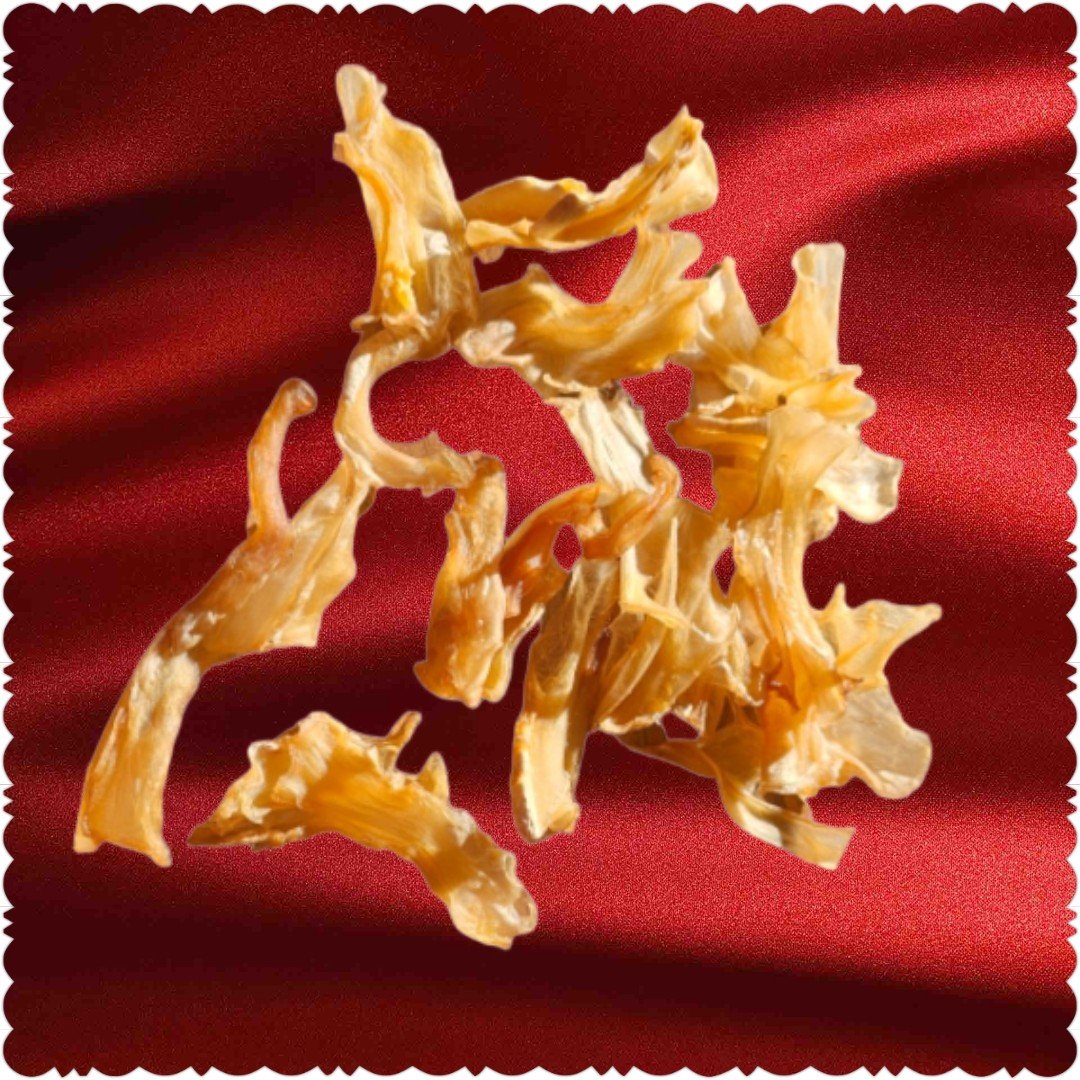Raw Food Vs Kibble: What Should You Feed Your Dog?
Dog owners want the best for their canine companions to ensure they live healthy, happy & active lives
What food is right for your buddy?
Your buddy’s nutritional needs are based on health, lifestyle, and exercise level. For example, working dogs, service dogs, and even show dogs, may have different caloric requirements than a more sedentary household pet. Do you want tailor-made advice on how to choose the right dried raw food for your buddy or analyse your existing dog food? WE ARE HAPPY TO HELP!
Raw Dog Food
A raw dog food diet commonly consists of:
Organ meats
Muscle meat
Whole or ground bone
Fish
Dog-safe fresh fruits and Vegetables
Supporters of raw food claim the potential benefits to be:
Healthier skin
Improved dental health
Increased energy
Smaller stools
Dog owners should be aware that feed your dog a raw food diet may be more time-consuming, in the beginning, than giving them cooked, commercially-made dog’s food. Meticulous care is required in the handling, preparation, and sanitation of raw food. Also, a raw food diet is typically a bit more expensive than a processed kibble diet, but your dog’s health should be worth it.
‘Lecker Bites’ is one option that those interested in incorporating some raw dried meat into their dog’s diet may want to consider. The high-protein formulas combine dry kibble with freeze-dried raw meat pieces, helping to take the guesswork out of feeding raw.
Dry Dog Kibble
Dry food ingredients vary by brand, but all kibble dog foods are industrially manufactured. The ingredients in dry dog food kibble are processed together and cooked, so they lose all the beneficial nutrients and added with cheap fillers and chemicals.
There are many dry dog foods available. As with all foods, you are reading the label will help you find the best possible brand for your dog. Always remember that the first ingredient is the most prevalent in that food.
Look for a food that has a protein as the first ingredient, a minimum of 60%, not a grain. The best dry dog foods have a single or novel source of protein, such as lamb, chicken, or salmon. Grain-free diets exist, but carbohydrates are required for energy, especially in rapidly growing, large-breed puppies and very active dogs. The choice of grain, however, is essential. Some dogs may have sensitivities to wheat, corn, or soybeans.
All dry dog foods need preservatives to prevent the fat from becoming rancid. Some commonly used chemicals have been controversial, such as ethoxyquin, BHA, and BHT. Dry foods tend to use more natural preservatives, such as tocopherols (vitamin E), citric acid (vitamin C), and rosemary extract. The shelf life of these foods may be affected, so always read the label on the bag and check the “best by” date. Avoid buying excessive amounts of food at one time if it will not be used in a timely fashion.
Alternative Options
While many dog owners exclusively feed either dry or raw, options now exist that provide the best of both worlds. ‘Lecker Bites’ offers nutrient-dense, protein-packed dry raw dog’s foods that support whole-body health. Taking it a step further, the ‘Lecker Bites’ line adds 100% freeze-dried raw meat pieces, like beef and chicken, mixed in with dry kibble for a meal that your buddy absolutely love.
The result is a balanced, delectable formula for dogs, featuring high protein levels for optimal energy and lean muscles. What’s more, the inclusion of the omega-heavy raw meat pieces will help your dog develop a shiny, healthy coat worth showing off. So, if you’re thinking of starting to feed raw, but you’re intimidated by the effort, expenses, and uncertainty involved, Lecker Bites’ is a great place to start.
Check out our delicious, nutritious Starter Kits & Variety Packs
Top Tip: These also make great gifts for your two-legged friends with four-legged friend's!








